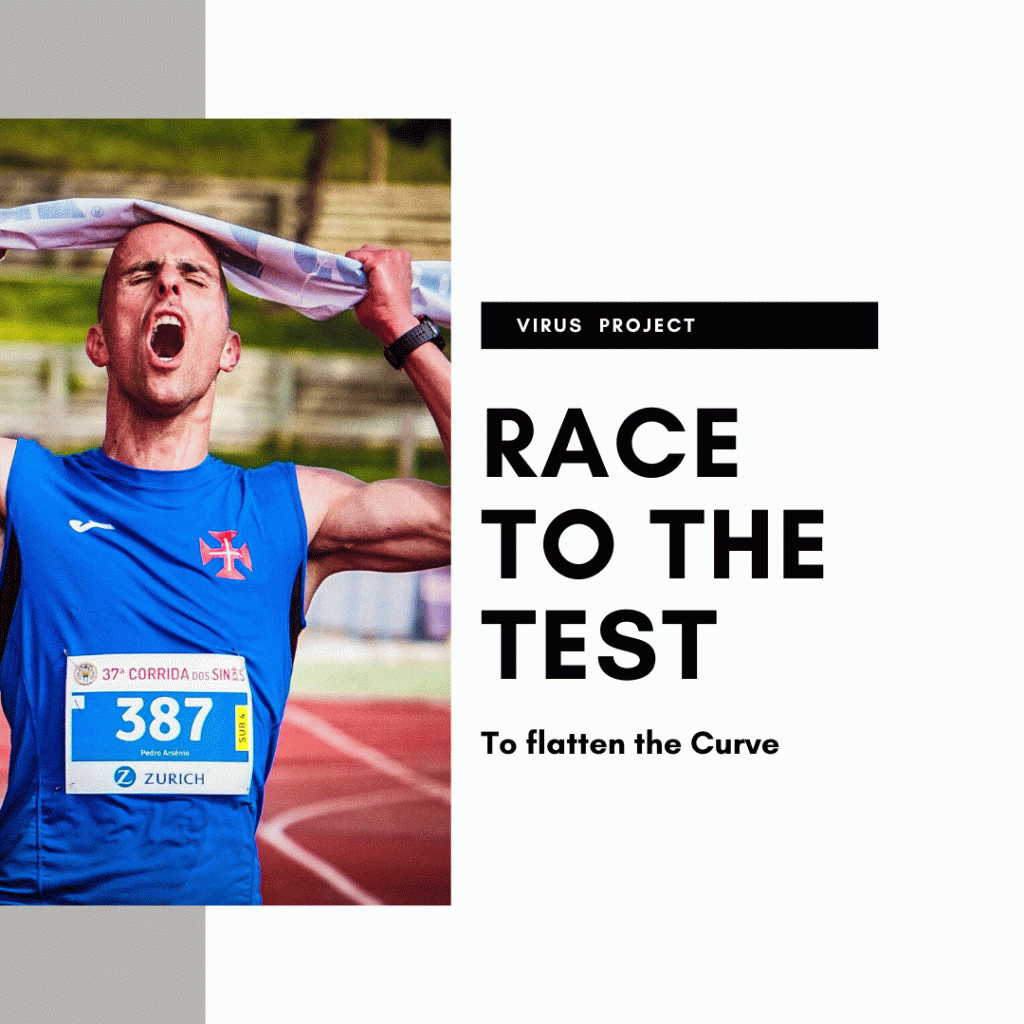
Wearing a mask can feel pretty claustrophobic. Walking through the grocery store rebreathing your own hot breath is not a pleasant sensation. Now, imagine running with it. We know by now that wearing a mask in certain circumstances is important. The Centers for Disease Control and Prevention (CDC) currently recommends wearing a cloth face covering in public settings where social distancing measures are hard to maintain to slow the spread of the virus. But should runners wear face masks outside? The answer: it depends.
First, assess your surroundings. The most important thing you can do when running is keep a safe distance. While the CDC recommends 6 feet, Linsey Marr, a professor at Virginia Tech who studies how viruses travel through the air, told the Washington Post that she recommends runners keep a 10 foot distance from others. It makes sense that more distance is safer, and it also leaves wiggle room if you need to pass someone. If you are able to keep this kind of distance, wearing a mask may not be necessary.
Can I Catch the Virus Outside?
There are a number of variables that make the risk of virus transmissibility outdoors relatively low, although admittedly, this risk has not been definitively measured. Things like wind, sunlight, rain, humidity, and temperature can affect virus infectivity and transmissibility, making the outside safer than an inside environment. As long as you are not engaging in group exercise and staying a safe distance from others, your risk of catching or transmitting the virus outside is low.
So, Should I Wear a Mask?
If you are running in a densely populated area, the best thing to do would change routes or change running times to avoid crowds. This will make it easier for you to exercise outdoors without worrying about wearing a mask.
If this is impossible, running with a mask is an option, however, it does come with some risks. An increasingly popular tactic with some runners is to keep a mask around their neck and pull it up when passing or coming within a close distance of someone else. This is not effective because it’s likely to increase your germ transmission due to all the face-touching involved. If you choose to wear a mask, do so throughout the entire run. Make sure to wear a moisture-wicking face covering; wet masks lose antimicrobial efficiency and are not doing any good in preventing spread of the virus.
Could Wearing a Mask Be Harmful to the Runner?
It is important to mention that wearing a mask while you run may be uncomfortable, but it is not dangerous. Information about people getting hypercapnia while wearing a mask have been flying around the internet scaring people. Hypercapnia occurs when there is an excess of carbon dioxide in the blood. Symptoms include dizziness, drowsiness, headache, disorientation, and fatigue. Severe cases can show symptoms such as seizures, loss of consciousness, and even death.
However, the causes of hypercapnia include lung disease, not breathing properly (like an asthma attack), or exposure to environments that are high in carbon dioxide (like a volcano eruption or space). One of the causes does not include wearing a mask. Masks can reduce the spread of COVID-19 because the particles are large enough to be trapped by the mask and not pass through. The same does not apply for gases such as carbon dioxide and oxygen, which pass freely through the mask, preventing hypercapnia from occurring.
While there doesn’t seem to be a medical reason to wear a mask while running with the appropriate social distance, there are definitely social reasons. New York Gov. Andrew Cuomo continually says in his daily novel coronavirus updates that it’s a sign of respect for the other people around you.
Regardless of your stance on wearing a mask while running, be sure to wear one in the grocery store, picking up takeout, and other places where social distancing is not as feasible according to the CDC guidelines.
